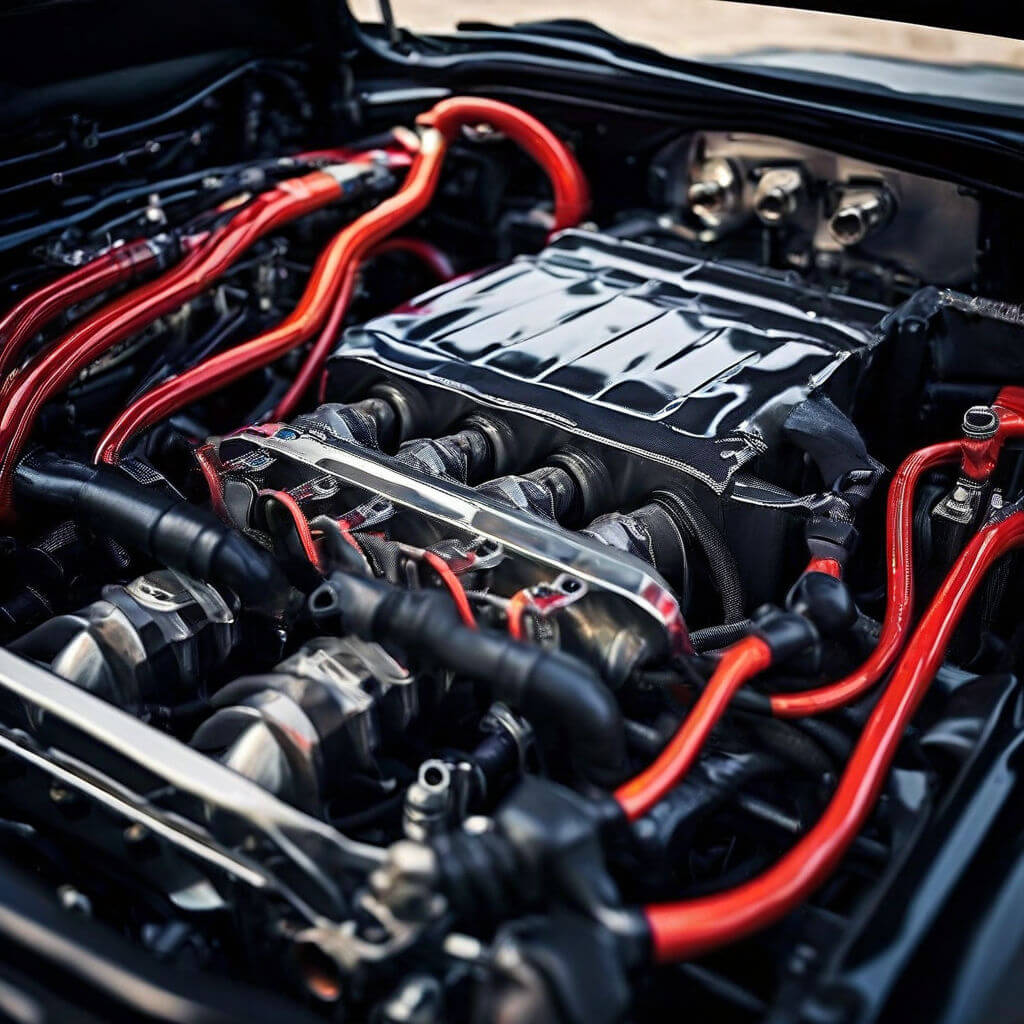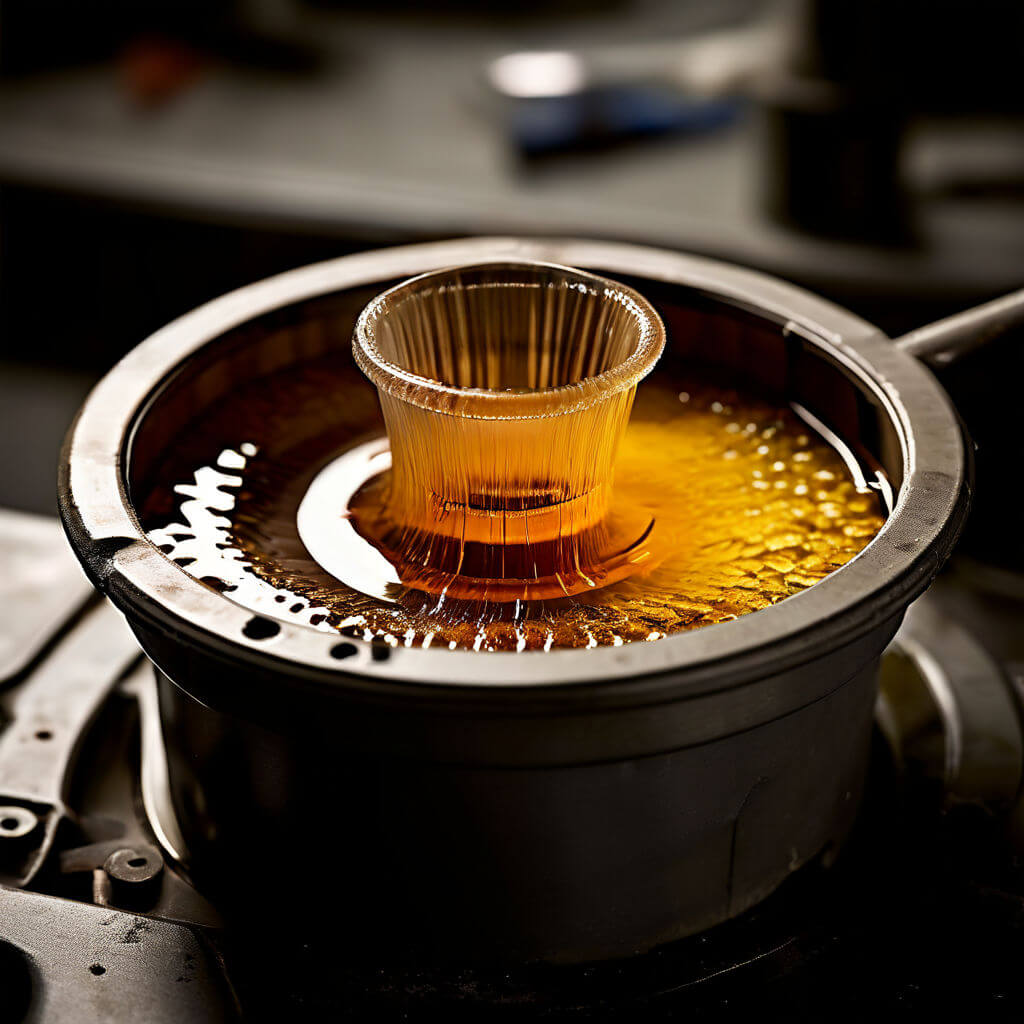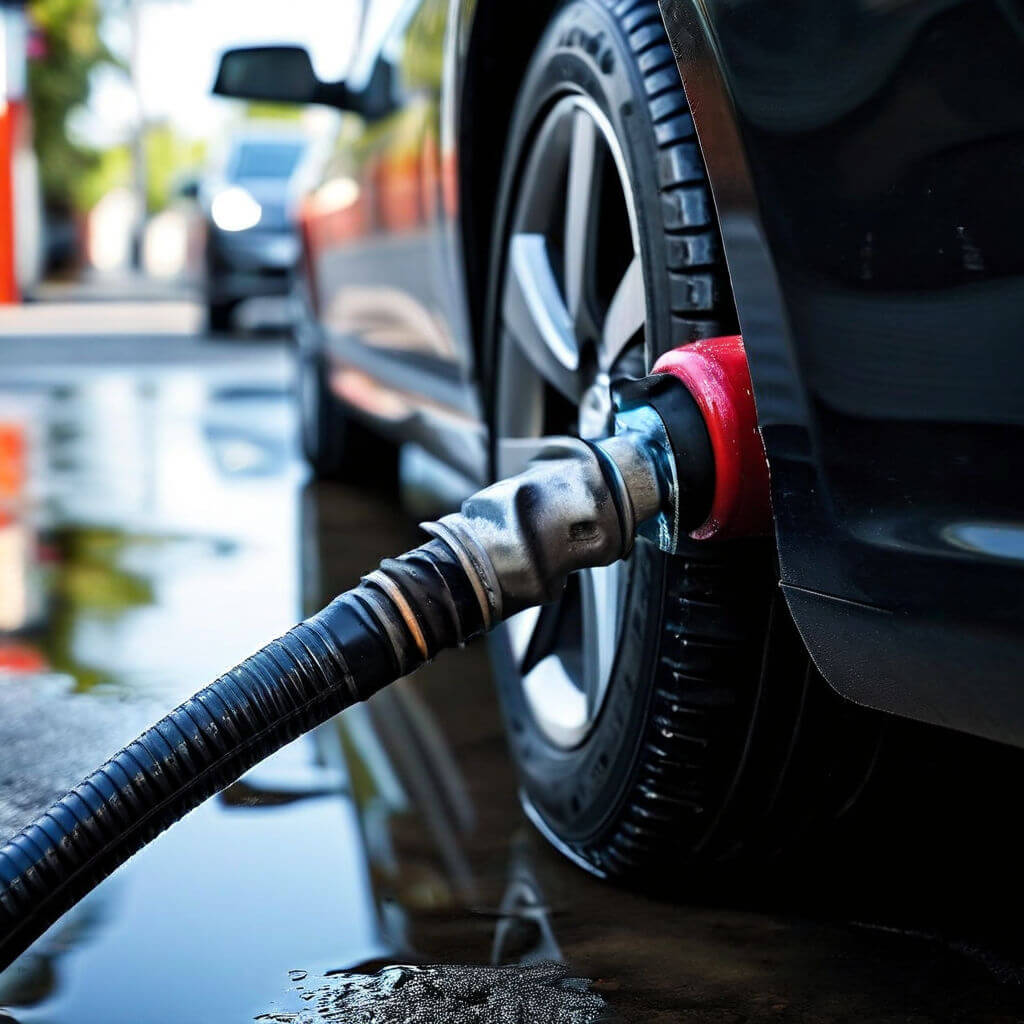Conquering Contaminated Fuel: A Comprehensive Guide to Filtering Gasoline Safely & Effectively
Is your car sputtering and experiencing sluggish acceleration? The culprit might be lurking in your gas tank – contaminated gasoline. This dirty fuel can wreak havoc on your engine, leading to a cascade of problems like decreased fuel efficiency, increased emissions, and even potential breakdowns requiring costly repairs.
But before you resign yourself to a hefty bill, consider filtering your gasoline at home. It can be a viable and cost-effective solution, provided you approach it with caution and the right knowledge.

Why Does Gasoline Get Contaminated?
Over time, gasoline can deteriorate and become a breeding ground for contaminants. These invaders can enter your gas tank through various means:
- Moisture Mischief: Condensation, the sneaky culprit, can form inside your gas tank due to temperature fluctuations, especially when your car sits for extended periods. This condensation accumulates as water, which can disrupt the proper combustion process in your engine.
- Fuel Degradation: As gasoline ages, it can break down and form sediments. These sediments act like tiny gremlins, clogging your fuel filters and injectors, hindering fuel flow. Additionally, aged gasoline loses its octane rating, which can lead to engine knocking and pinging.
- Contamination Chaos: Improperly stored fuel containers, dirty funnels used during refueling, or even external debris like dust or sand during gas station mishaps can contaminate your precious fuel.
These contaminants disrupt the smooth operation of your engine, leading to performance issues and potential damage. Filtering gasoline removes these impurities, ensuring clean fuel reaches your engine’s heart for optimal performance and a longer lifespan.
Safety First: Essential Precautions for Filtering Gasoline
Gasoline is a highly flammable liquid, demanding respect when handling it. Here are some non-negotiable safety precautions to take before embarking on your gasoline filtering journey:

- Prioritize Ventilation: Fumes are a serious threat. Choose a well-ventilated area, preferably outdoors with good airflow. Open a garage door (but don’t start the car inside!), find a well-ventilated shed, or locate a clear space outside your house, away from any sparks or open flames.
- Banish Open Flames and Smoking: Since a single spark can ignite gasoline fumes, keep lighters, cigarettes, and any open flames far away. This includes activities like welding or grinding nearby while filtering gasoline.
- Protect Yourself with Gear: Don safety glasses and chemical-resistant gloves when handling gasoline. These gloves will prevent skin irritation from accidental contact.
- The Right Container is Key: Only use containers specifically designed for gasoline storage. Reusing beverage bottles or food containers is a recipe for disaster. These containers are not built to withstand the pressure of gasoline and could leak or rupture, creating a fire hazard.
- Ground Yourself: Become one with your car (figuratively) by touching a metal part to discharge static electricity before handling gasoline. This helps prevent sparks that could ignite fumes.
Some Common Filtering Methods
There are several ways to filter gasoline at home, each with its strengths and weaknesses. Let’s explore the most common methods to help you pick the right tool for the job:
- Commercial Fuel Filter Funnels: Convenience Meets Efficiency: These readily available funnels boast a built-in filter media that traps contaminants like dirt and rust as you pour the gasoline. They are convenient and effective for removing larger particles, but might not be as adept at tackling water contamination. Choose a funnel with a good flow rate to avoid spending hours filtering your gas.

- Chamois Leather: The Classic Choice: This traditional method utilizes a chamois cloth, a soft and absorbent leather, to filter gasoline. First saturated with clean gasoline, the chamois then strains dirt and water as contaminated fuel passes through. While effective, it’s a slower process and requires proper disposal of the used chamois, which can be hazardous waste depending on your local regulations.

- Coffee Filters (For Emergencies Only!): In a pinch, double-layered coffee filters can be used to remove larger particles. However, they’re not designed for gasoline and can clog easily, potentially restricting fuel flow. This method should only be a last resort and used with extreme caution. Coffee filters won’t address water contamination and could even introduce paper fibers into your fuel system.
Beyond the Basics: Advanced Techniques for Deep Cleaning
For heavily contaminated fuel or situations requiring a more thorough cleaning, consider these advanced filtering techniques:
- Siphon and Sediment Bowl Method: This method involves siphoning the contaminated fuel from your gas tank through a clear hose and into a container with a sediment bowl at the bottom. The sediment bowl allows heavier contaminants like water to settle out while the cleaner gasoline sits on top. This is a time-consuming process and requires careful handling of the fuel to avoid spills. It’s also important to dispose of the contaminated fuel responsibly according to local regulations. Check with your local waste management authority for designated collection centers for hazardous waste like used gasoline.
- Fuel Polishing Kits: These kits are available at some auto parts stores and can be a good option for heavily contaminated fuel. They typically involve pumping the gasoline through a series of filters and absorbent materials that remove contaminants like water, rust, varnish, and even some degraded fuel components. While effective, fuel polishing kits can be expensive and require some mechanical knowledge to operate.

Important Considerations: Don’t Let These Details Go Unnoticed
Before diving into filtering, here are some crucial details to consider:
- Severity of Contamination: For heavily contaminated fuel with visible water or debris, professional filtration or even complete fuel removal might be necessary. Attempting to filter severely contaminated fuel at home can be risky and ineffective.
- Fuel Age Matters: If the gasoline is an antique (over 3 months for small engines, 6 months for cars), consider replacing it entirely. Filtering might not address degraded fuel properties like reduced octane rating, which can lead to performance issues.
- Water Contamination Woes: Water contamination is a particular challenge. While some filtering methods can remove some water, complete removal might be difficult. If you suspect significant water contamination, professional help is recommended. Water in your fuel system can lead to rust and corrosion, causing serious engine damage.
- Disposal Responsibilities: Don’t be an environmental villain! Never pour contaminated fuel down the drain or onto the ground. Contact your local waste management authority for proper disposal procedures. They might have designated collection centers for hazardous waste like used gasoline.
Filter Smart, Drive Happy: The Final Lap
Filtering gasoline at home can be a safe and effective way to ensure clean fuel reaches your engine. However, prioritize safety and choose the appropriate filtering method based on the severity of contamination and your comfort level. Remember, for heavily contaminated fuel or if you’re unsure about the process, consulting a professional mechanic is always the wisest course of action.
With this guide and a little caution, you can keep your engine running smoothly and avoid the pitfalls of dirty gasoline. Now go forth and conquer those roads with a happy, clean-fueled engine!
Preventative Maintenance is Key: Keeping Your Fuel System Clean
The best way to avoid the need for filtering gasoline is by practicing preventative maintenance. Here are some tips to keep your fuel system clean and your engine running smoothly for miles to come:
- Use Fresh Fuel: Don’t store gasoline for extended periods. Aim to use gasoline within 3 months for small engines and 6 months for cars. Older gasoline can degrade and cause problems.
- Keep Your Tank Topped Up: A fuller tank reduces air space in the tank, minimizing condensation and water buildup.
- Replace Your Fuel Filter Regularly: A clogged fuel filter can restrict fuel flow and contribute to contamination issues. Consult your car’s manual for recommended replacement intervals.
- Consider Fuel System Cleaners (As a Maintenance Practice): Fuel system cleaners, added to your gas tank periodically, can help remove minor deposits and keep your fuel injectors clean. However, these should not be used as a substitute for proper fuel maintenance practices.
By following these tips and filtering gasoline when necessary, you can ensure optimal performance and longevity for your vehicle. Remember, a clean fuel system is a happy engine!
Leave a Reply